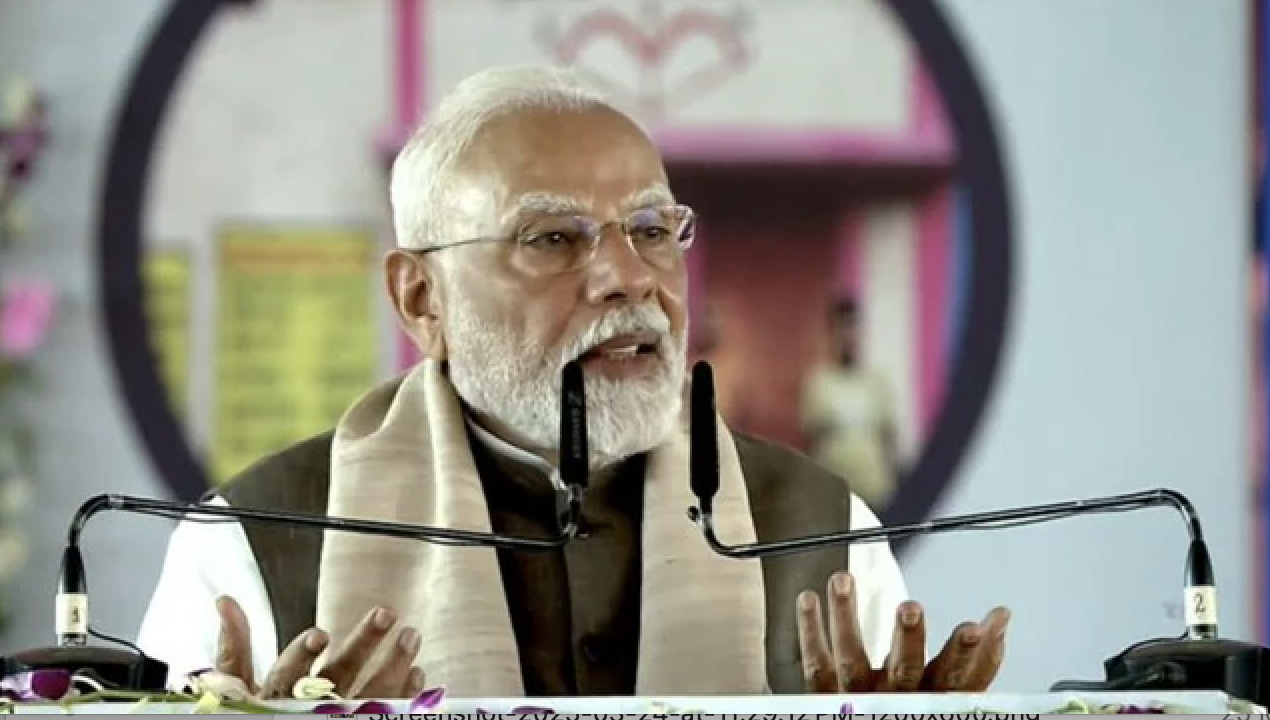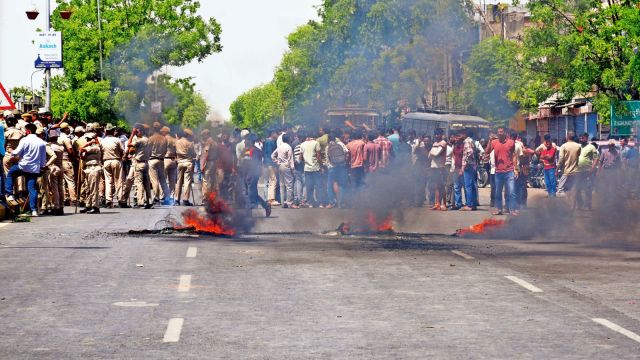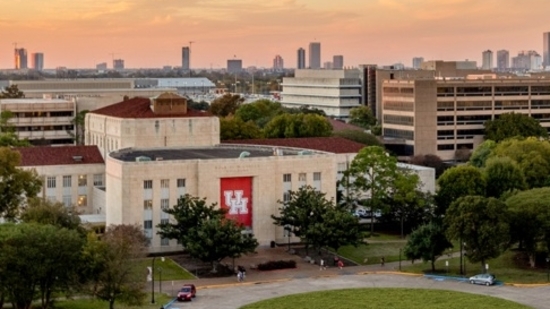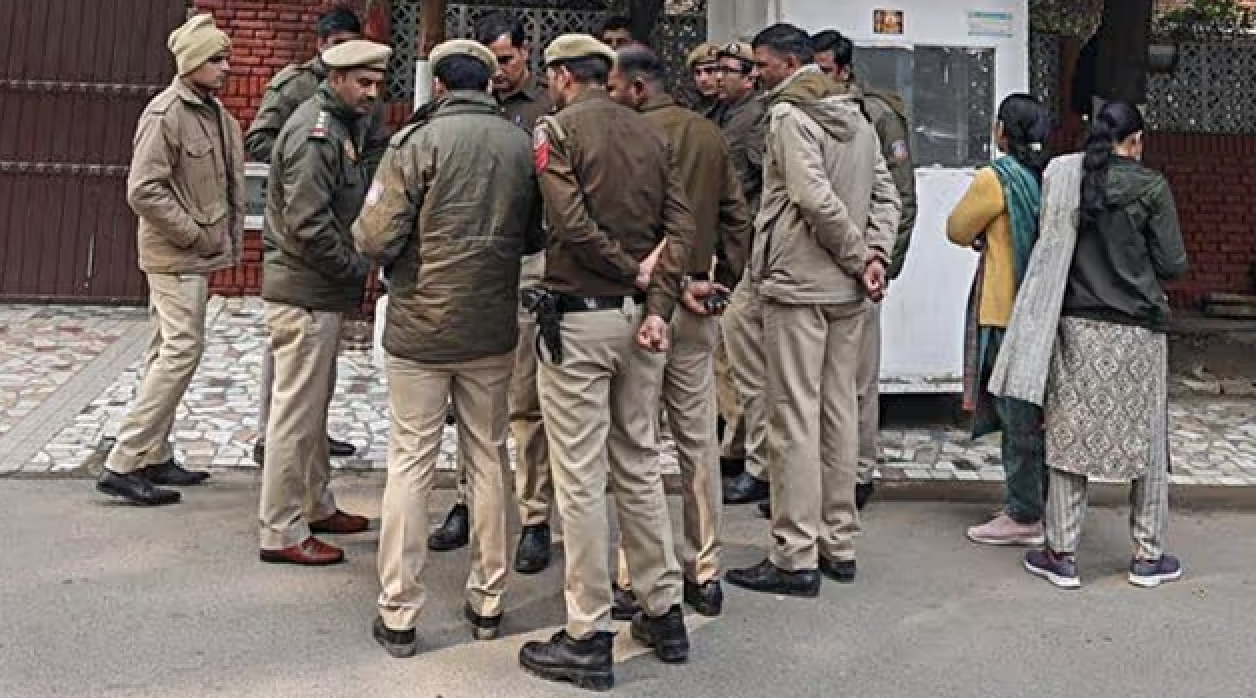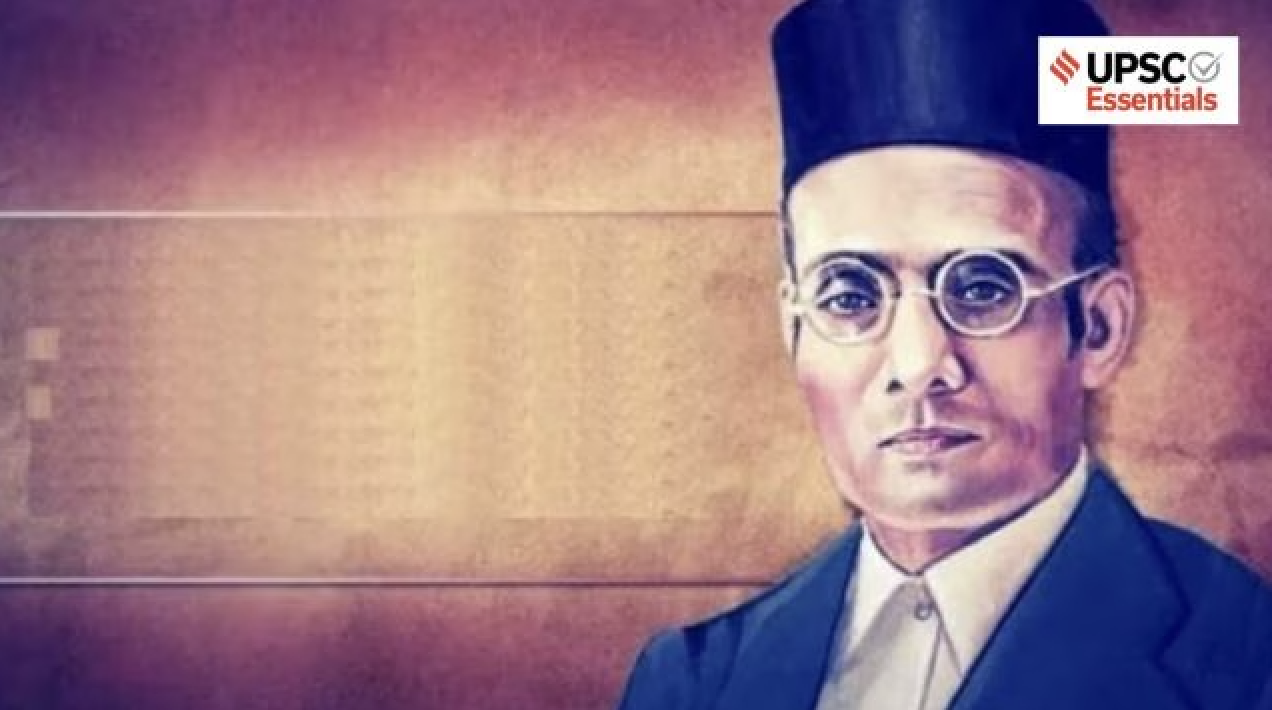
By Dileep P Chandran
(The Indian Express has launched a new series of articles for UPSC aspirants written by seasoned writers and scholars on issues and concepts spanning History, Polity, International Relations, Art, Culture and Heritage, Environment, Geography, Science and Technology, and so on. Read and reflect with subject experts and boost your chance of cracking the much-coveted UPSC CSE. In the following article, Dr. Dileep P Chandran analyses Savarkar’s idea of ‘Hindutva’ and ‘Hinduism’ on his 59th death anniversary on February 26.)
In the midst of debates over nationalism and identity shaping political discourse in the country, let’s explore Vinayak Damodar Savarkar’s distinction between Hindutva and Hinduism. Distinguishing ‘Hindutva’ from ‘Hinduism,’ he argued that the former was not merely the spiritual or religious history of India but ‘history in full’, encompassing cultural, ethnic, and national identity.
Savarkar, who died 59 years ago on February 26, was a staunch patriot and a key architect of Hindu nationalism in Indian political discourse. He was the long-serving president of All India Hindu Mahasabha and advocated for a unified and valorous Hindu nation.
His writings, which explore themes of religious identity, history, caste, violence, and nationalism, continue to influence ideologies and movements of right-wing organisations and political parties in India. Let’s dive into his perspective on religion, nationalism, history, politics and more.
Writing history as a national duty
Savarkar believed that religion was inseparably linked to both the politics and history of India. He argued that without discussing the impact of various religious principles and actions of their followers on India’s political life, it was difficult to understand the currents and undercurrents of history.
For him, writing history from a purely rational perspective is not always possible. Hence, he chose to narrate India’s history from a religious standpoint, but with little concern for the political consequences of such depictions.
This story was originally published in indianexpress.com. Read the full story here.


